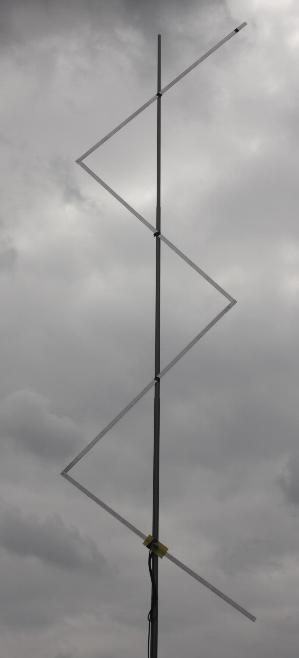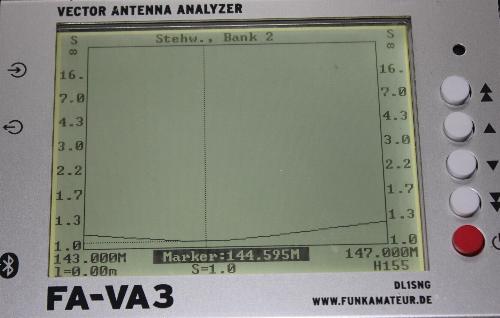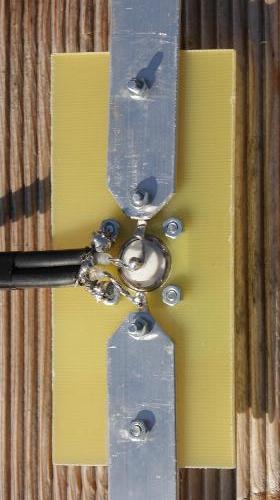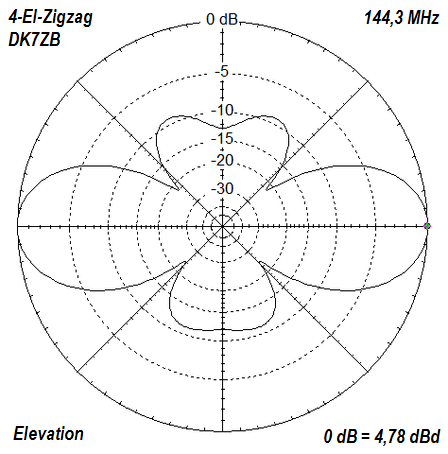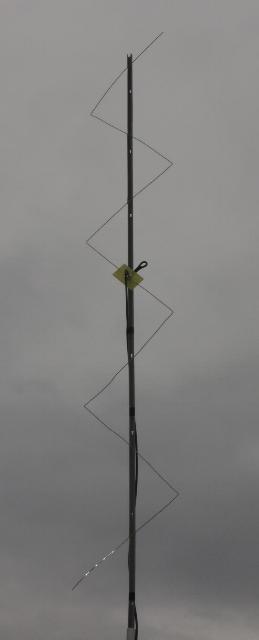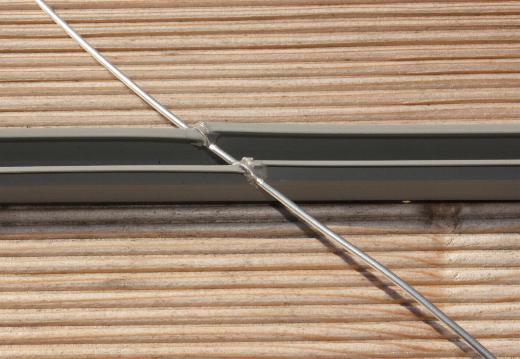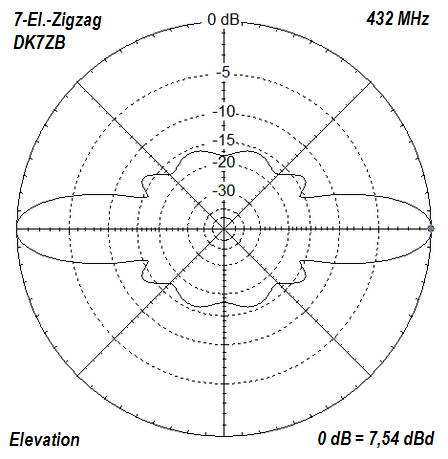|
Ideal is the 4-section version, because these can fed without further action by a half-wave balun with 200 Ohm to match to 50-Ohm-coaxcable. In order to understand how these and the other forms can be adapted, we have to deal first with the half-wave principle. The scheme is shown in Fig. 9. With 100 Ohm at the two feed points, which are connected in series, the 200 Ohm result. The connected half-wave cable of the left feed point transformed in the ratio 1: 1. At the other end are again 100 Ohm, which is to the second feeding point in parallel. This results in the desired impedance of 50 Ohm. The interesting thing is that the connecting line need not have 100 Ohm impedance, here you can use 50 - or 75-Ohm-cables. For this reason, the transformation ratio of 4: 1 can also be used for other feed resistors because the same resistance value always appears at the other end.
|
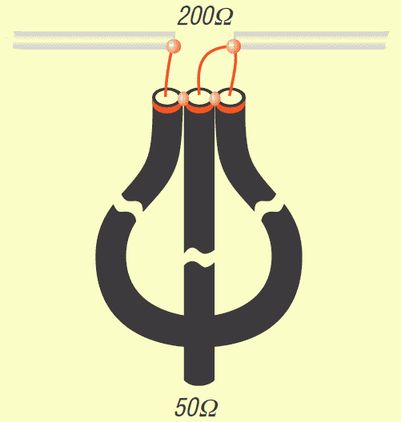 |

